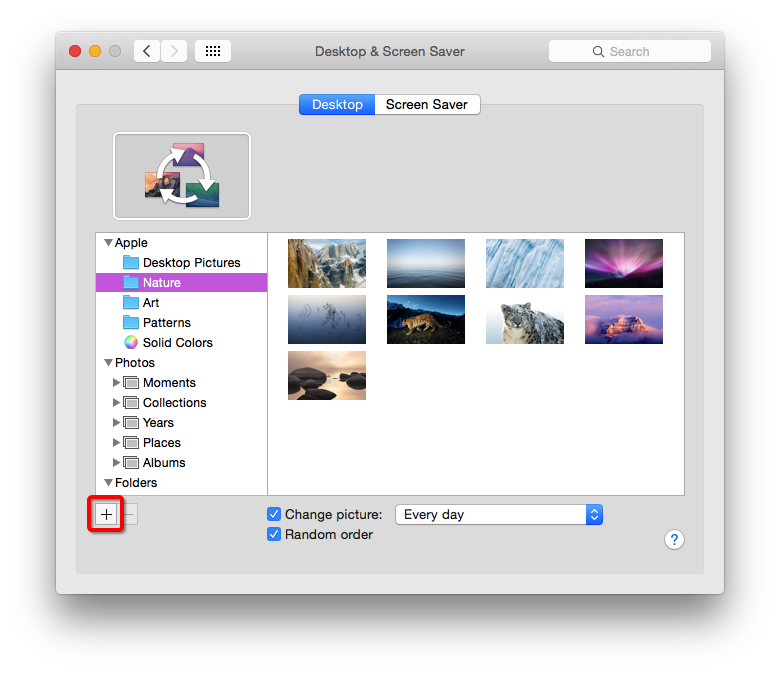
Screensavers and Energy Saving Preferences

Once you have your folder selected, it will show the folder name in the Source option. This opens a window that allows you to choose the folder you created earlier. Click the Source drop-down menu and select the Custom Folder option. Next, we choose where the screensaver will find your photos. This allows you to choose how you want your photographs displayed. There are photo transition options on the right hand side of the Screen Saver preferences window. Once you are in System Preferences, choose Desktop & Screen Saver, then select the Screen Saver option. Next, open System Preferences to set the screensaver up. You can chose photos from your Pictures folder, Photos app or any other source on your Mac where photos are stored. For this example, we used "My Screensaver Folder." Adding Photos to the Screensaver FolderĪfter your folder has been created, you can insert any photos you would like to use as a screensaver. Once you create the folder, give it a name. Alternatively, you can use the Shift + Command + N hotkey while within Finder to create a folder. To create a folder, select File > New Folder while within the Finder application on your Mac. It does not matter where the location is on your Mac. The Documents folder in Finder is a great place, but you can also create this folder wherever you'd like. For me, I like to have it somewhere that it is easily accessible, but not in the way. It is actually incredibly simple to set up and edit a custom screensaver whenever you want! Creating a Screensaver Photos Folderįirst, let’s create a new folder for your screensaver photos somewhere on your Mac, for example - your Documents folder.

Do you want to make a screensaver that is more personable than the standard ones that come on your Mac? You are not limited to just using the built-in OS X screensavers and desktop backgrounds.


 0 kommentar(er)
0 kommentar(er)
